The Benefits of Eco-Friendly Materials in Vertical Wrapping
Vertical wrapping is a popular packaging method for a variety of products, from food and beverages to cosmetics and electronics. Traditionally, vertical wrapping has been made from non-biodegradable materials such as plastic and aluminum. However, there is a growing trend towards using eco-friendly materials in vertical wrapping, as consumers become more aware of the environmental impact of their packaging choices.
There are many benefits to using eco-friendly materials in vertical wrapping, including:
Reduced Environmental Impact
Eco-friendly materials are biodegradable and compostable, meaning they break down naturally over time. This helps to reduce the amount of waste that goes to landfills and incinerators, and it also reduces the release of harmful greenhouse gases into the atmosphere.
Improved Product Protection
Eco-friendly materials can provide just as much protection for products as traditional non-biodegradable materials. In fact, some eco-friendly materials, such as cellulose, are even stronger than plastic. This means that products are less likely to be damaged during shipping and handling.
Enhanced Brand Image
Consumers are increasingly looking for products that are packaged in an environmentally responsible way. By using eco-friendly materials in vertical wrapping, companies can demonstrate their commitment to sustainability and appeal to a wider customer base.
Cost Savings
In some cases, eco-friendly materials can be more cost-effective than traditional non-biodegradable materials. This is because eco-friendly materials are often made from renewable resources, which are less expensive than fossil fuels.
Types of Eco-Friendly Materials Used in Vertical Wrapping
There are a variety of eco-friendly materials that can be used in vertical wrapping, including:
Cellulose: Cellulose is a natural fiber that is derived from plants. It is biodegradable and compostable, and it is also very strong. Cellulose is often used to make paper and cardboard, which can be used for vertical wrapping.
Bioplastics: Bioplastics are made from renewable resources, such as corn starch and sugarcane. They are biodegradable and compostable, and they can be used to make a variety of packaging materials, including vertical wrapping.
Recycled materials: Recycled materials, such as paper, cardboard, and plastic, can be used to make vertical wrapping. Recycled materials help to reduce the amount of waste that goes to landfills and incinerators, and they also help to conserve natural resources.
There are many benefits to using eco-friendly materials in vertical wrapping. These benefits include reduced environmental impact, improved product protection, enhanced brand image, and cost savings. As consumers become more aware of the environmental impact of their packaging choices, the demand for eco-friendly vertical wrapping is likely to continue to grow.
-
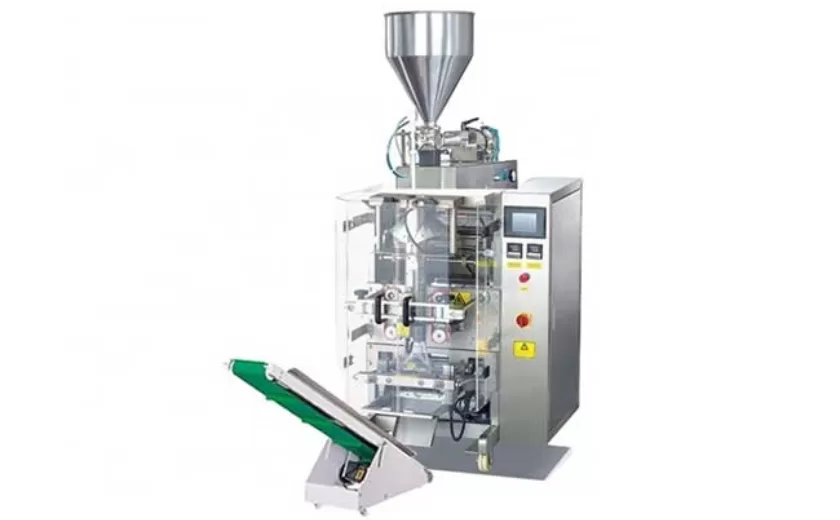
Advanced Packing Solutions: Snacks, Sugar, and Frozen Food Machines
29-10-2025 -
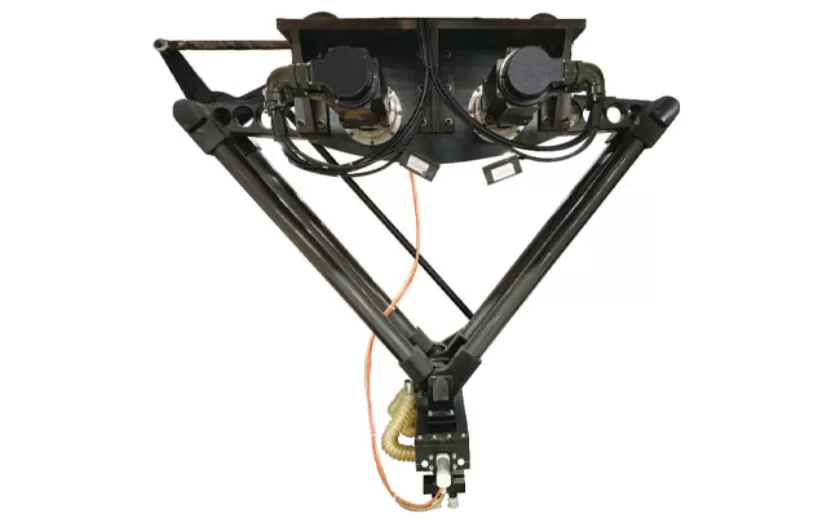
Efficient and Reliable Solutions for Salt, Nuts, and Frozen Dumplings Packing
29-10-2025 -
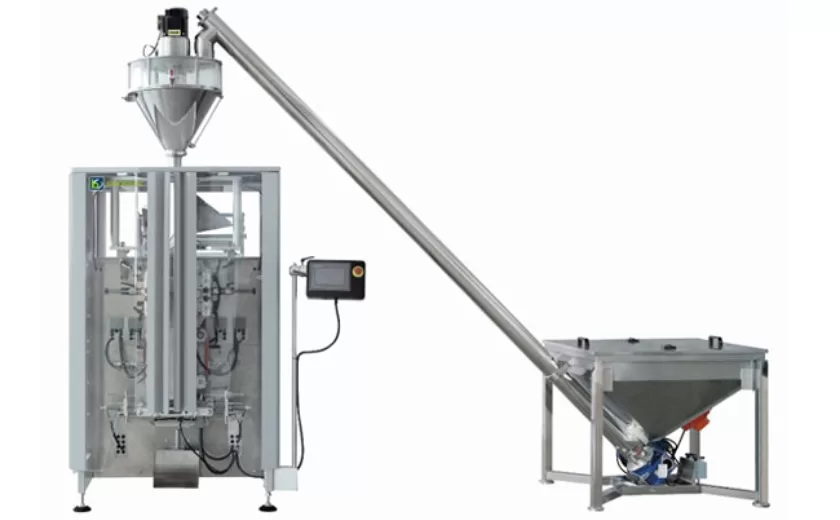
High-Performance Biscuits, Lollipop, and Ketchup Packing Machines for Modern Food Production
29-10-2025 -

Efficient Liquid Filling and Packing Machines for Modern Production
23-10-2025 -
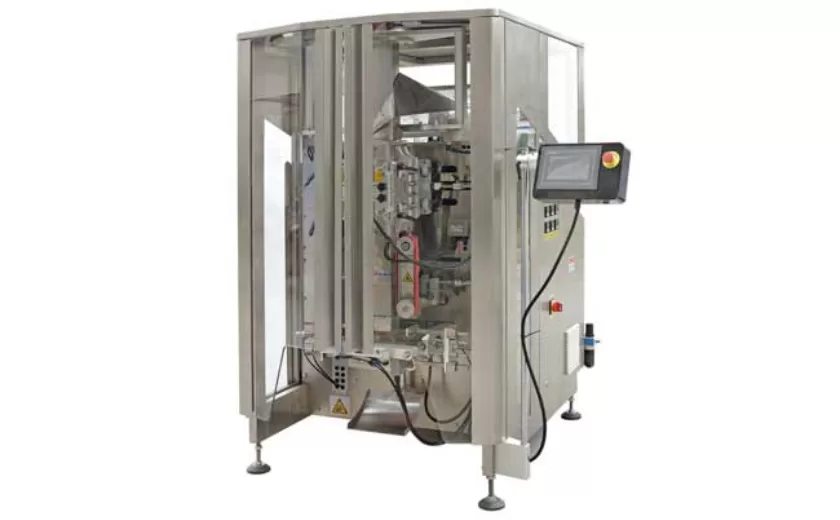
Reliable Granule Packaging Machines for Efficient Production
23-10-2025 -

Efficient Auger Powder Filling Machines for Accurate Packaging
23-10-2025 -

High-Performance Liquid Filling and Packing Machines for Hygienic Production
10-10-2025 -

High-Efficiency Granule Packaging Machines for Precision and Speed
10-10-2025 -

High-Precision Auger Type Powder Filling Machines for Efficient Packaging
10-10-2025 -
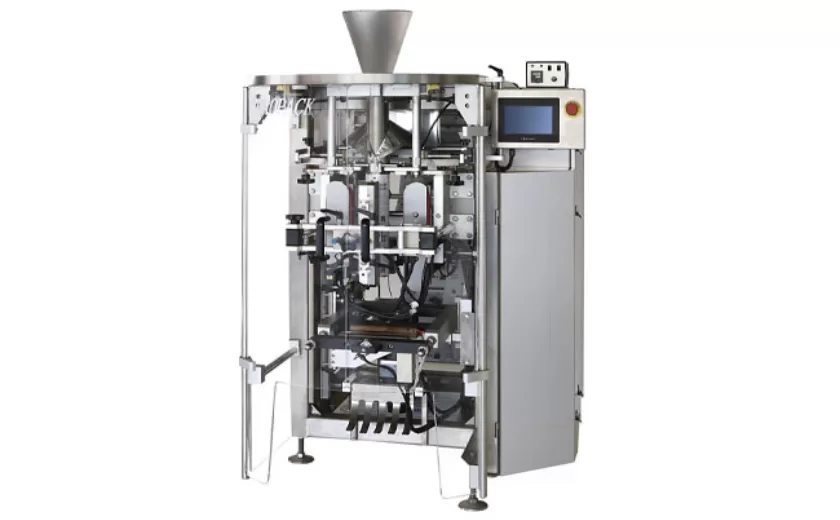
Efficient Vertical Form Fill Seal Packaging Machines for Smart Production
10-10-2025





